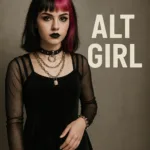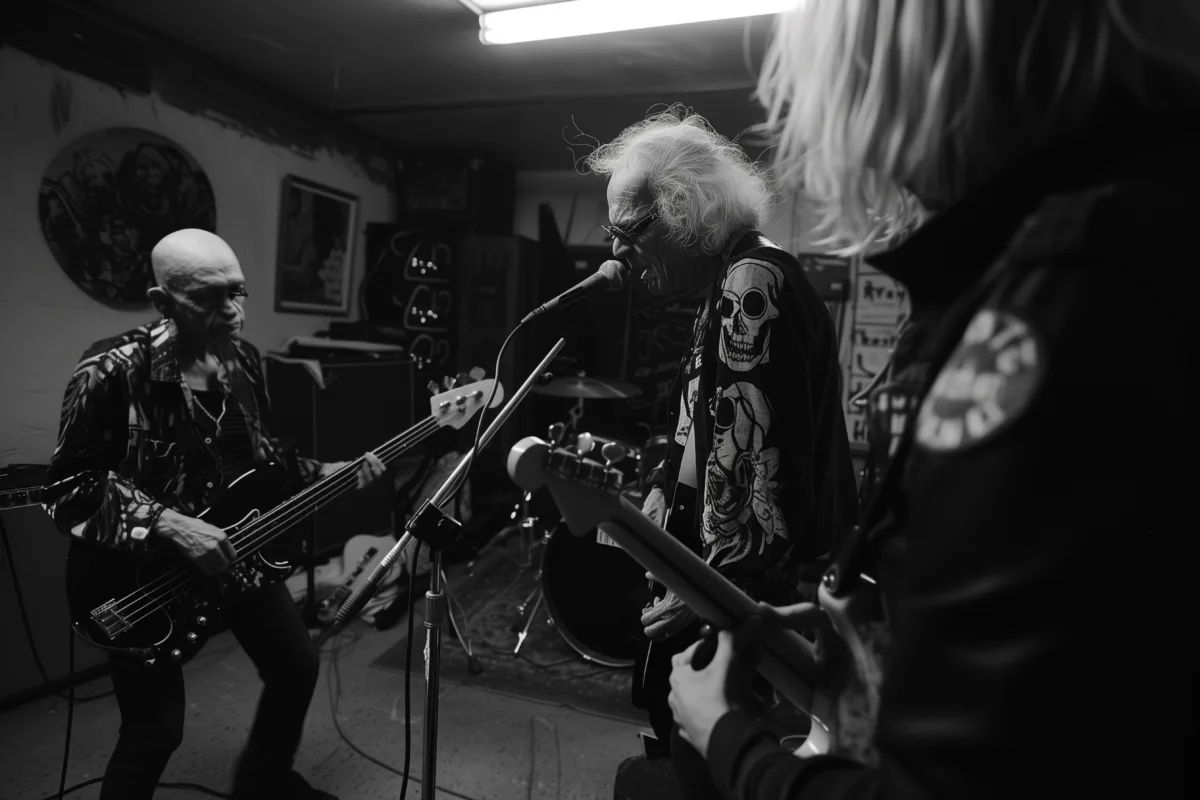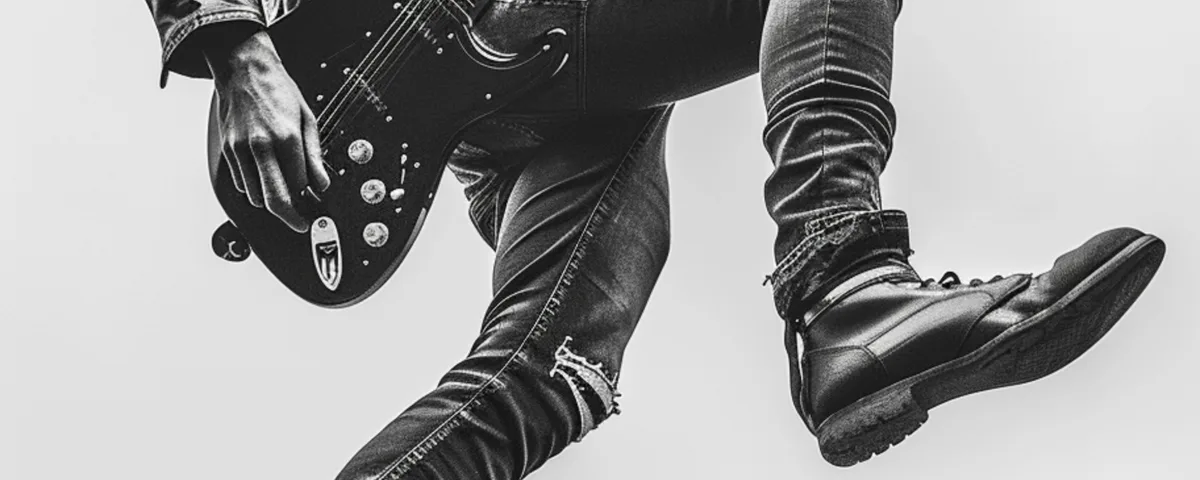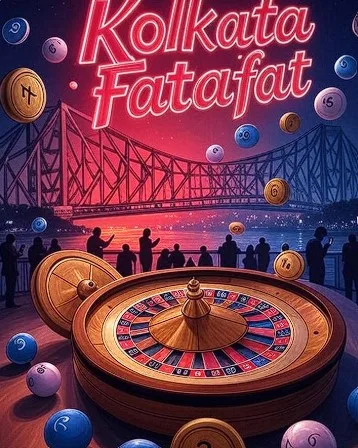
Alt Girl 101: What’s an Alt Girl & How to Rock the Alt Aesthetic
July 13, 2025
What Is Ice Wine? The Sweetest Guide You’ll Ever Need
July 13, 2025Updated: July 2025
Grunge music? Let’s set the mood. You’re in a dimly lit garage, amps buzzing, someone’s wearing mismatched flannel, and there’s a strong scent of teen angst in the air. Grunge music isn’t just a genre it’s a messy, glorious era of sound, rebellion, and raw emotion that flipped the polished pop world upside down.
Whether you’re here to rediscover the best of 90s grunge, understand why Seattle grunge bands were always a little louder and angrier, or finally settle the debate between grunge punk and classic grunge music bands—this guide’s got you covered. Stick around. It only gets grungier from here.
Grunge Music Origins: How Seattle Grunge Bands Made Noise
You can’t talk about grunge music without talking about Seattle. The rainy, flannel-loving city became the breeding ground for a sound that blended the raw speed of punk with the sludge of metal. In the early to mid-80s grunge era, bands like Green River, The Melvins, and Soundgarden were experimenting with fuzz pedals, heavy drums, and lyrics that came straight from their darkest thoughts.
Unlike the glam rock dominating the ’80s, grunge bands looked like they just rolled out of bed (because many did). No makeup, no hairspray, just sweat and distortion. And audiences? They loved it. What started as sweaty underground gigs turned into a global takeover in the ‘90s.
The Grunge Music Explosion
Then came the boom. 90s grunge became more than just a genre—it was a cultural shift. Nirvana’s “Smells Like Teen Spirit” exploded on MTV, and suddenly, flannel shirts and messy hair were cool. Alongside Nirvana, grunge artists like Pearl Jam, Alice in Chains, and Soundgarden took over the airwaves. These weren’t just songs. They were rally cries for a generation tired of plastic pop and perfect personas.
Seattle grunge bands didn’t try to be relatable. They just were. Their music tackled depression, addiction, alienation, and frustration—stuff nobody wanted to talk about until Kurt Cobain screamed it into a mic.

Who Were the Key Grunge Music Bands?
Let’s name-drop for the newcomers.
- Nirvana: The face of 90s grunge bands, blending melody with chaos.
- Pearl Jam: A more classic rock take on grunge music, but with emotional depth.
- Soundgarden: The heavy hitters. Imagine metal meets poetry.
- Alice in Chains: Grunge meets doom. Dark, haunting, and unforgettable.
- Mudhoney: The true grunge punk underdogs—raw, reckless, and loud.
But let’s not forget female-fronted bands like Hole and L7, who brought rage and attitude with just as much distortion. They’re essential to any honest grunge band list.
The Best Grunge Songs You Need to Hear LOUD!
Not sure where to start? Here’s your grunge music crash course in audio form. These are the tracks that shook the ’90s and still hit just as hard today:
- “Smells Like Teen Spirit” – Nirvana
- “Alive” & “Even Flow” – Pearl Jam
- “Would?” – Alice in Chains
- “Black Hole Sun” – Soundgarden
- “Touch Me I’m Sick” – Mudhoney
- “Violet” – Hole
- “Seether” – Veruca Salt
Each track gives you a different flavor of grunge music bands, from angst to full-on existential collapse. The distortion? Oh, that’s just the cherry on top.
More Than Music: Grunge Art & the Alt Aesthetic
Grunge music wasn’t just a sound. It was a look, a feeling, a visual identity. Enter: grunge art. Zines were photocopied, band posters were gritty, typefaces looked like they were scratched with nails, and visuals embraced imperfection. The whole aesthetic was anti-glam, and proudly so.
This alternative aesthetic influenced fashion, design, and attitude. Thrift stores became goldmines. Black boots, oversized flannels, ripped tights, and patched-up jeans? That wasn’t a trend—it was an anthem.
Today, that same grunge art vibe lives on in Tumblr edits, Instagram posts, and retro revival brands. The attitude? Still very much alive.
Grunge Music Timeline
Let’s take a quick trip through time.
80s Grunge
The dirty beginnings. Gritty basement shows, blown-out speakers, and grunge punk roots. It was loud, angry, and real. No one expected it to go mainstream.
90s Grunge
Boom. Grunge music dominated radio, MTV, and teenage hearts. Labels rushed to sign any band from Seattle with a distortion pedal. But this was also a period of deep pain—Kurt Cobain’s tragic death in 1994 marked the start of grunge’s slow fade from the spotlight.
2000s Grunge
After the ‘90s peak, 2000s grunge was less about sound and more about influence. Bands like Foo Fighters (born from Nirvana’s ashes) and Queens of the Stone Age carried the spirit, while new waves of alternative rock borrowed the gritty vocals and anti-pop attitude.
Grunge Music Final Notes
To wrap it up with some noise:
- Grunge music is loud, imperfect, and beautiful.
- It began in the 80s grunge scene of Seattle and exploded with 90s grunge bands.
- It gave us unforgettable grunge songs and an entire alternative aesthetic.
- From grunge punk riffs to grunge art posters, it influenced more than music.
- 2000s grunge may have mellowed out, but the spirit lives on in modern rock.
Whether you’re digging through old vinyl or curating a Spotify playlist, grunge music is your perfect match for emotional release, rebellious vibes, and raw guitar fuzz.
More blogs, here.





1 Comment
[…] a rich backstory that connects angklung to Jawa Barat, Sundanese culture, ancient rituals, and even modern-day music stages across the […]